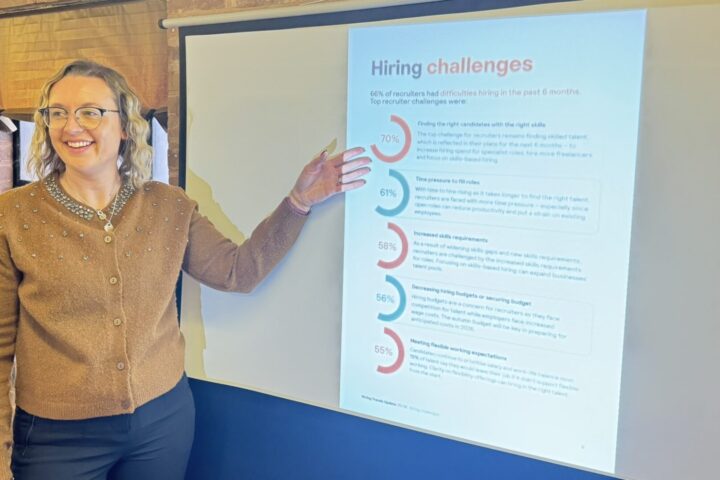The Pensions Policy Institute (PPI) has estimated that there are nearly 3.3 million lost pensions in the UK, worth £31.1bn.
Tracking down these assets could significantly boost retirement savings and help secure financial futures, according to Helen Morrissey, head of retirement analysis at Hargreaves Lansdown.
Morrissey explained that over the course of people’s careers, as they change jobs and move homes, it can be easy to lose track of old pension schemes.
She suggested compiling a list of previous employers and checking whether they have retained pension paperwork for each one.
The Government’s Pension Tracing Service can also provide the contact details of pension providers linked to former employers.
While the service cannot confirm whether a person has a pension, it can be a starting point to reclaim savings.
Consolidating pensions into a single low-cost plan once they have been located can reduce administrative hassle and provide a clear picture of overall retirement savings.
Morrissey noted that consolidation can influence decisions significantly, such as encouraging a long-term perspective rather than withdrawing small amounts as cash.
However, she said: “Make sure you aren’t potentially incurring exit fees or missing out on benefits such as guaranteed annuity rates.”
Understanding what to expect from the state pension is equally important; a full new state pension currently provides just over £11,500 annually, but gaps in National Insurance could reduce this amount.
It is essential to obtain a state pension forecast to determine the expected entitlement and identify any gaps that might need addressing.
For those with incomplete records, options such as claiming backdated benefits or buying voluntary National Insurance contributions can help fill these gaps.
Morrissey emphasised the importance of acting promptly, particularly for those eligible to backdate contributions to 2006, as the deadline for doing so ends in April 2025.
Planning the retirement income strategy was the next critical step identified by Hargreaves Lansdown.
For example, if there is a gap before state pension payments begin, options include purchasing an annuity for guaranteed income, using income drawdown for flexibility, or adopting a combination of both approaches.
Morrissey highlighted that while annuities were once criticised for their lack of flexibility, they are increasingly popular.
She said: “A 65-year-old with a £100,000 pension can now get up to £7,235 per year for a single life, level annuity with a five-year guarantee.”
However, she advised individuals to carefully consider their options, particularly if they have dependants, and to use an annuity search engine to secure the best deal.
Morrissey said: “Taking some time to get everything in order can help you look to the future knowing that you’ve got the most from your retirement planning.”

















